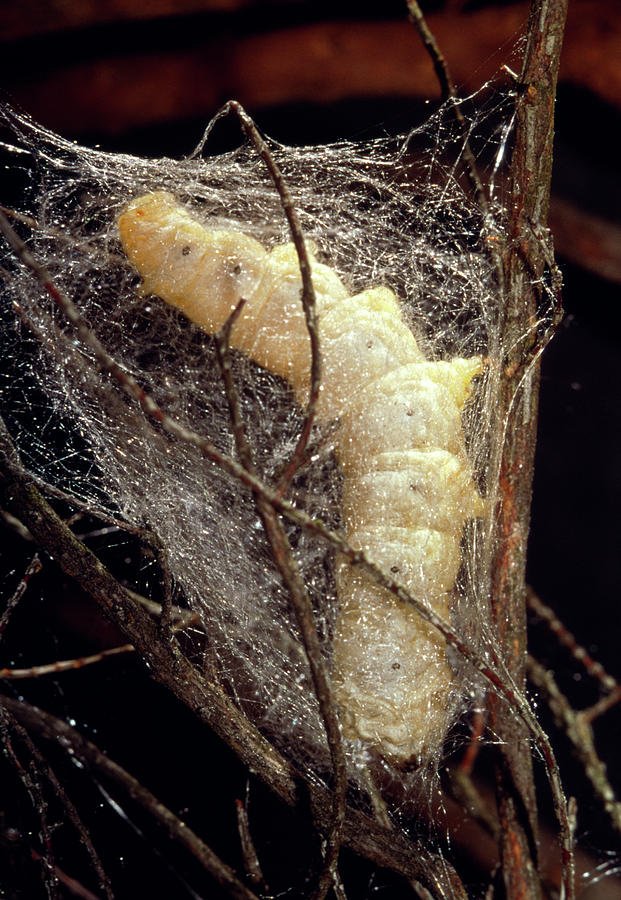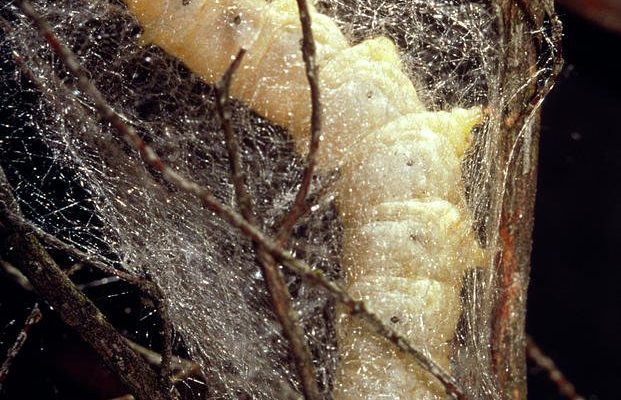
Imagine a silkworm as a tiny factory, tirelessly working to spin layers of silk. This process is crucial for their life cycle and is an incredible feat of nature. In this article, we’ll uncover the stages of silkworms spinning cocoons, exploring each phase in detail. So grab a comfy seat and let’s dive into this silken journey!
The Life Cycle of Silkworms
Before we get into the cocoon-spinning process, it’s important to understand where silkworms begin their journey. The life cycle of a silkworm consists of four main stages: egg, larva (caterpillar), pupa, and adult moth. Basically, it’s a transformation story!
1. **Egg Stage**: The story starts with tiny eggs laid by the female moth. These eggs are pinhead-sized and can often be found clustered together, resembling little grains of rice. After about 10 days, under the right conditions, they hatch into larvae.
2. **Larval Stage**: Once they hatch, these baby silkworms enter their larval stage, growing rapidly by munching on mulberry leaves. This is the stage where they do most of their eating to store energy for the later phases. It’s like a teenager going through a growth spurt—eating everything in sight!
3. **Pupal Stage**: After about 4 to 6 weeks, the larvae will stop eating and begin to look for a safe place to spin their cocoon. This brings us to the next big phase of their life—the cocoon stage.
The Cocoon-Spinning Process Begins
When silkworms are ready to spin cocoons, they undergo a fascinating transformation. This is where the magic happens! Let’s explore how they create their silky homes.
1. **Finding a Safe Spot**: The first step for a silkworm is to find a quiet, cozy spot where they can spin their cocoon. It needs to be safe from predators and disturbances. Think of this as a cozy corner of your home where you’d like to build a pillow fort.
2. **Secretion of Silk**: The silkworm starts secreting a liquid silk protein from special glands. This liquid hardens when it comes into contact with air, forming the silk thread. This is similar to how you might squeeze toothpaste from a tube; the harder you squeeze, the faster it comes out!
3. **Spinning the Cocoon**: As the silkworm moves its head in a figure-eight motion, it spins the silk around itself. This can take anywhere from a few hours to a few days. The result? A protective cocoon that’s about 300 to 900 meters long—yes, you read that right! Imagine wrapping yourself up in a soft blanket made out of an entire spool of thread.
The Structure of a Cocoon
Understanding the structure of a cocoon helps you appreciate the skill involved in cocoon spinning. A silkworm’s cocoon is not just a simple shell; it’s a well-structured home designed for protection.
1. **Outer Layer**: The first layer is the outer silk fibers, which help protect against external threats and environmental factors. This is the tough exterior that guards the soft inner layers.
2. **Inner Layer**: Inside, the cocoon is soft and provides insulation. It’s like the fluffy stuff in your favorite pillow, creating a safe environment for the silkworm as it transforms into a moth.
3. **Silk Composition**: Interestingly, the silk itself is made up of proteins called fibroin and sericin, which play crucial roles in its strength and elasticity. You might say it’s nature’s version of a little architectural miracle!
When it comes to spinning cocoons, **temperature** and **humidity** play significant roles. Silkworms thrive in specific environmental conditions, and any shifts can affect their ability to spin proper cocoons.
1. **Optimal Conditions**: Silkworms generally prefer temperatures between 23°C and 28°C (73°F to 82°F). Too hot or too cold can disrupt their spinning process. Picture trying to bake cookies in a cold kitchen—things just don’t come out right!
2. **Humidity Levels**: The right humidity level is also important. Too dry, and the silk won’t spin properly; too humid, and the cocoons can get moldy. Finding that balance is crucial, like keeping a plant alive with just the right amount of water.
3. **Impact on Quality**: The environmental conditions can even affect the quality of the final silk product. Healthy, well-spun cocoons produce stronger and more luxurious silk fibers.
Once the silkworms have spun their cocoons, the next step is harvesting them. This is where the process takes a fascinating turn.
1. **Timing Is Key**: Harvesting occurs about 2-3 days after spinning is complete when the cocoon is fully formed. If you wait too long, the pupa inside might emerge as a moth, which can damage the cocoon.
2. **Collecting the Cocoons**: Farmers or silk producers gently collect the cocoons, usually from large trays. It’s a bit like collecting eggs from hens, making sure not to break anything.
3. **Boiling the Cocoons**: To extract the silk threads, the cocoons are then boiled or steamed. This softens the sericin, allowing the thread to be unraveled easily. While this sounds harsh, it’s essential for getting that beautiful silk fabric we love!
The final phase of this incredible journey is when the pupating silkworm transforms into a moth. This stage is not only crucial for the life cycle of the silkworm but also for silk production.
1. **Emerging Moths**: After about two weeks inside the cocoon, the moths emerge by breaking through the silk layer. This stage is often referred to as the “imago” stage, where they’re finally ready to fly and reproduce.
2. **Short Lifespan**: It’s worth noting that once they emerge, the moths don’t have a long lifespan. They typically live only about 5 to 7 days, focusing solely on mating before they die. This short life is a bit like going out with a bang!
3. **Cycle Continues**: After mating, female moths lay eggs, and the entire cycle begins anew. It’s nature’s way of ensuring that silkworms keep contributing to the silk industry for generations to come.
In conclusion, the journey of how silkworms spin cocoons is a complex, multi-stage process filled with incredible transformations. From tiny eggs to exquisite silk, these creatures play a vital role in producing one of the world’s most beloved fabrics. Next time you admire a silk garment, remember the intricate journey behind it, and you might just appreciate that piece of clothing a little more. The world of silkworms truly is a remarkable tale of creativity and survival.

